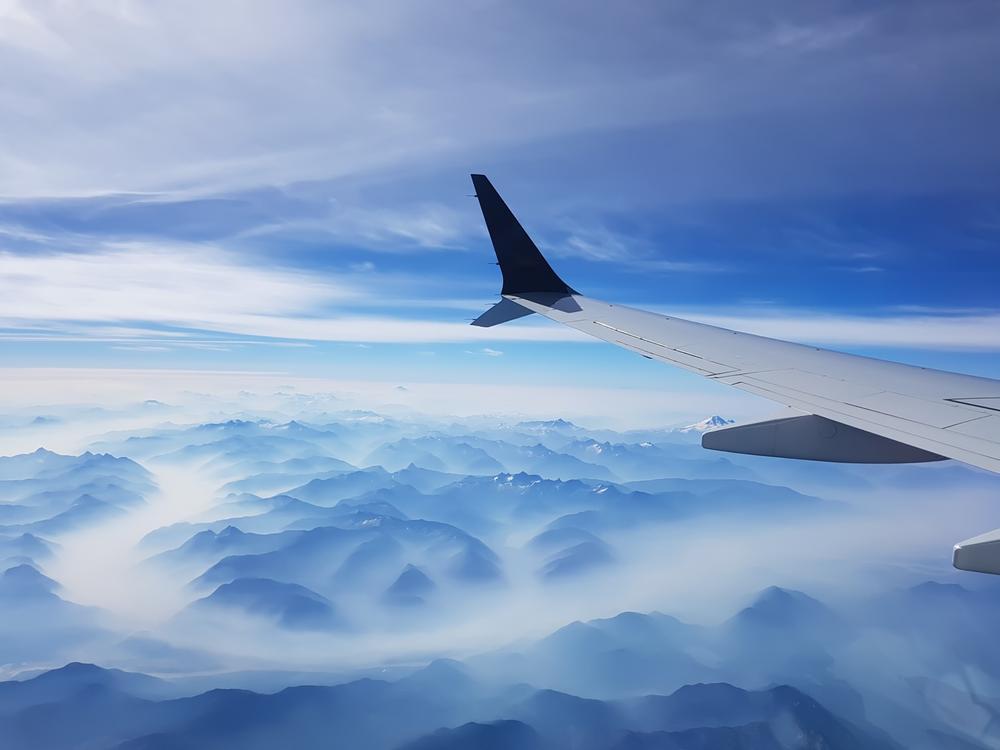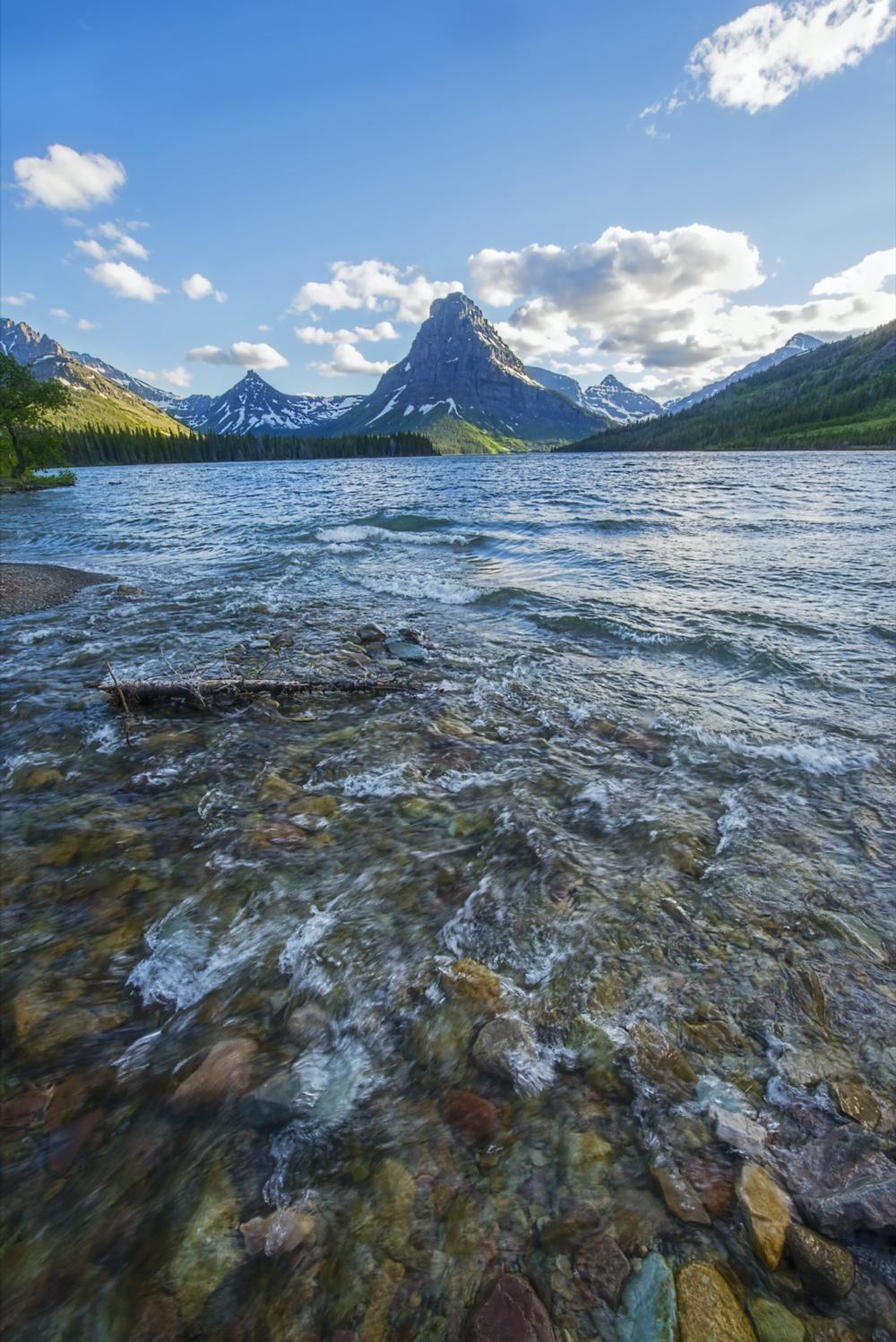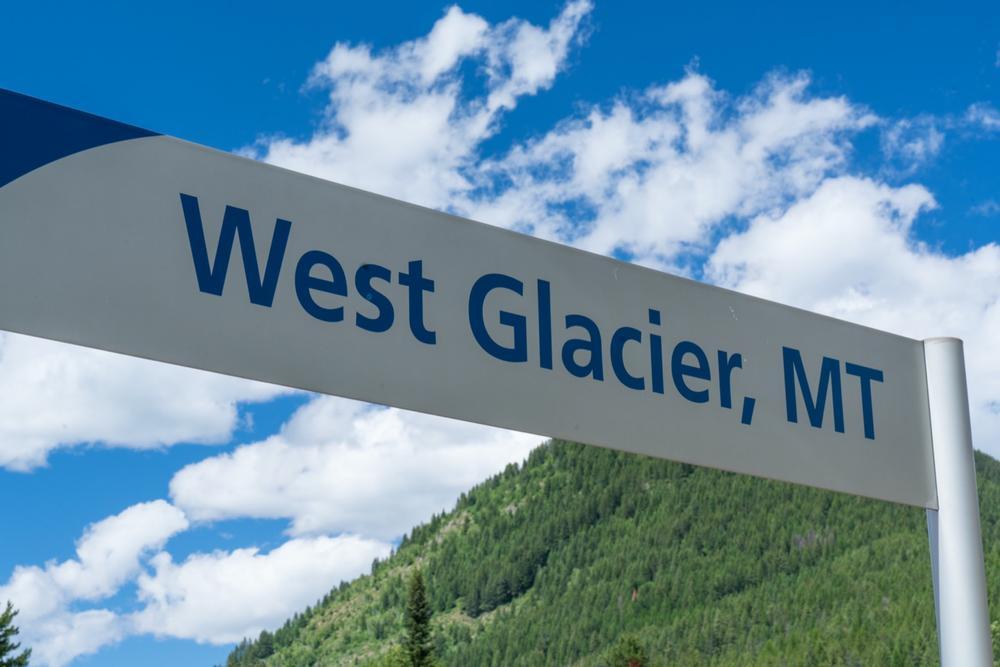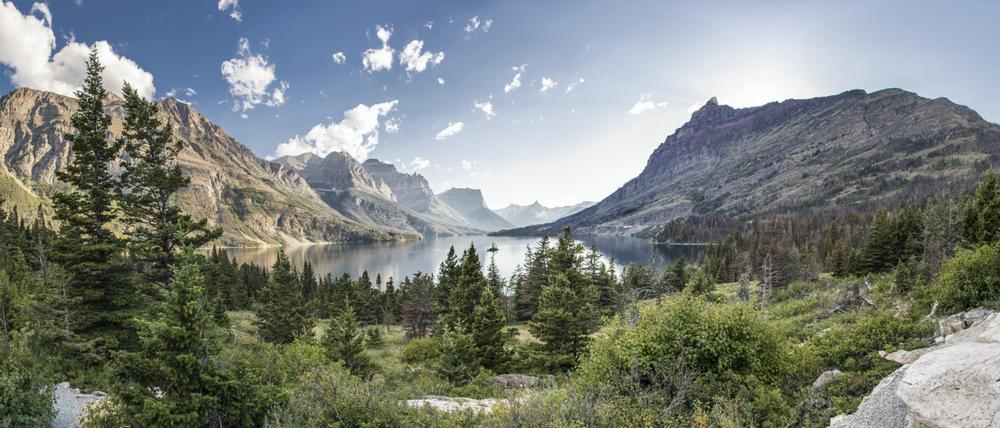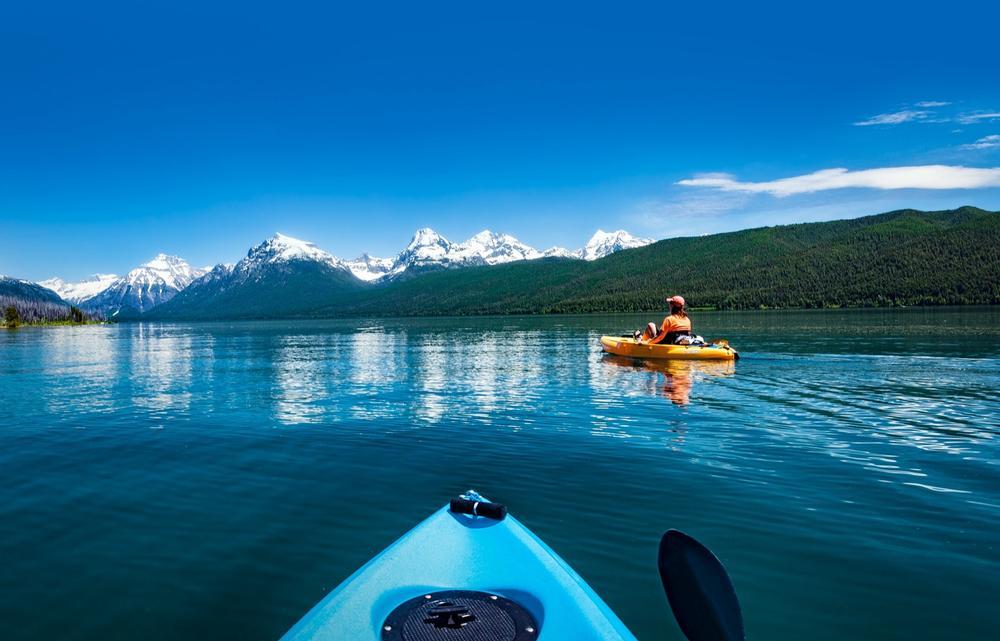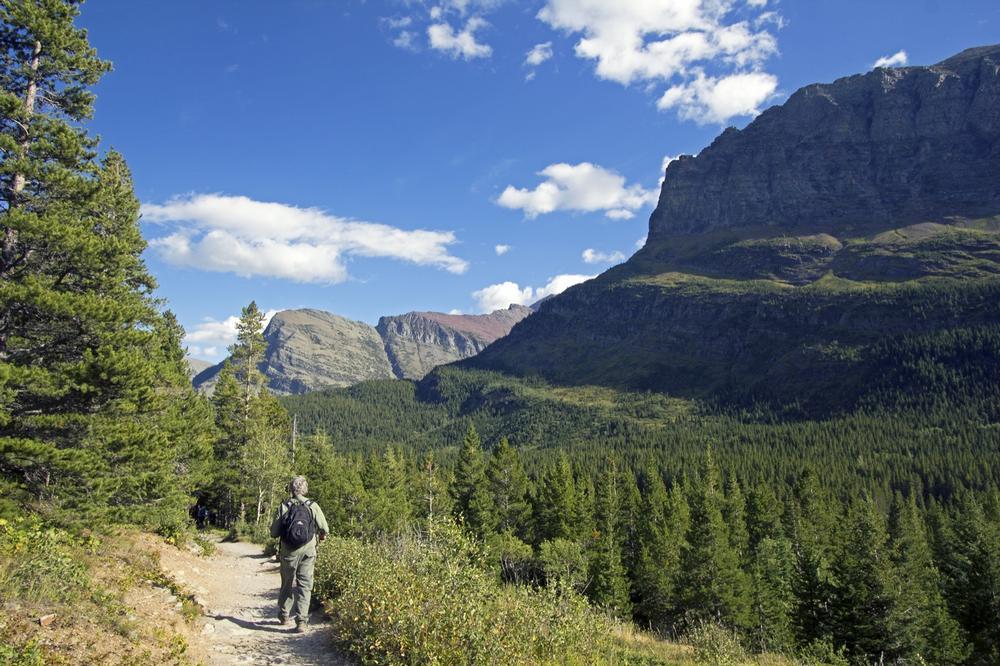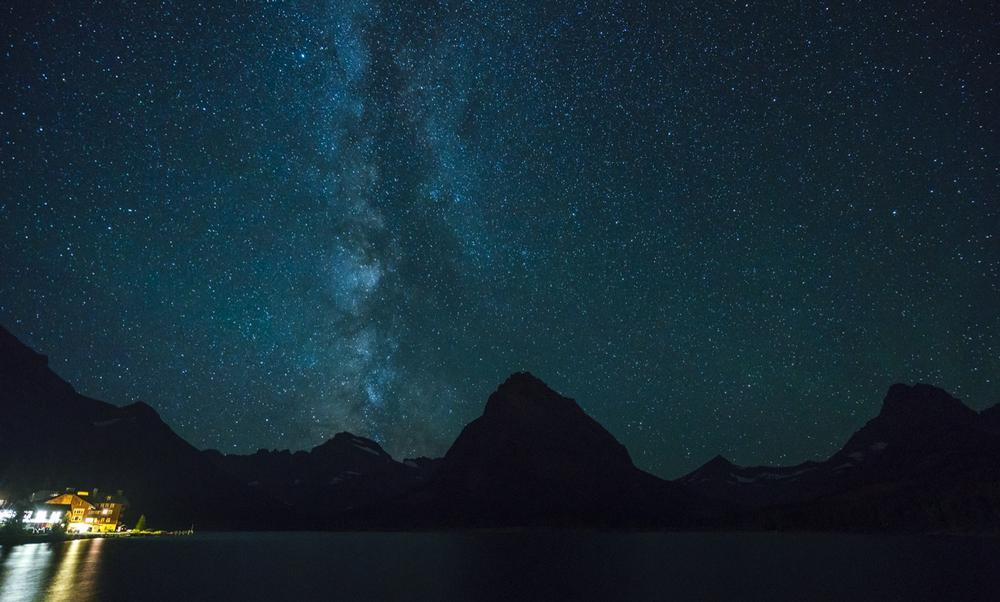One of the first steps to planning a trip to any location is determining the gateways to your destination. This usually means finding the nearest airports to your destination so you know which flights to book for the trip.
If you are in a hurry, here are some great Glacier National Park, Montana trips:
- Montana: Glacier National Park Whitewater Rafting Trip From $83 per person.
- Glacier National Park: Scenic Float on the Flathead River Price: From $87 per person.
- Glacier National Park: Morning Nature Walk – Join a guided 1-mile nature walk through Lake McDonald Valley and the North Fork area. Price: From $65 per person.
For Glacier National Park , there are a couple of choices that might be ideal for you depending on your circumstances. Here are some of the airports closest to the place:
In Summary...
(and if you want to revisit my photo journey)



